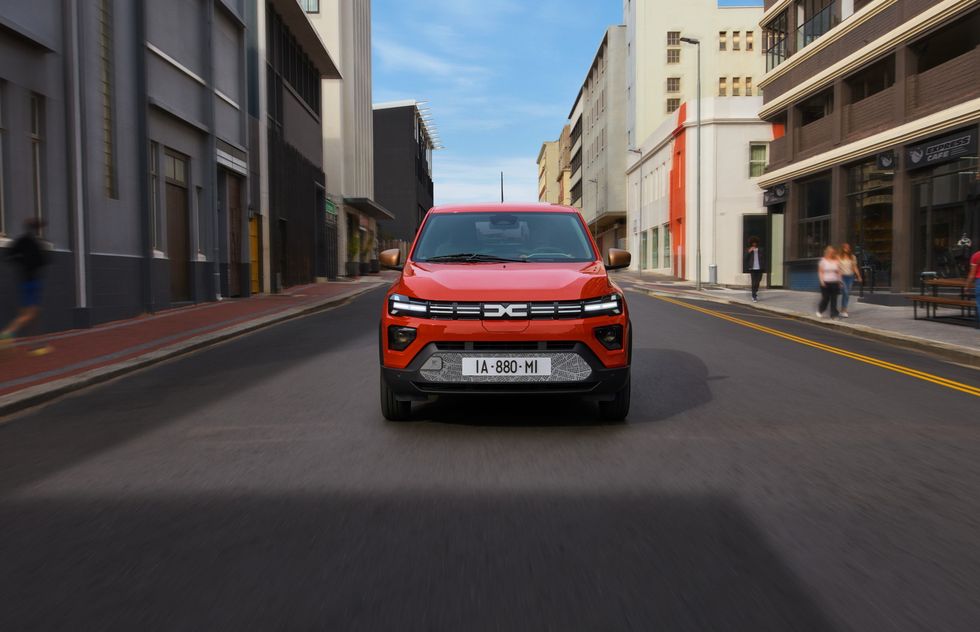Major car brand Dacia has confirmed that it will continue to focus on LPG, electric and hybrid vehicles in the future as it moves towards a more sustainable future.
As manufacturers move closer to the 2030 and 2035 deadlines to end the production of petrol and diesel engines, brands are changing strategies to accommodate cleaner vehicles.
Rather than moving towards a solely electric strategy, Dacia said it would move forward with hybrid cars, those run using LPG Bi-Fuel, in addition to EVs.
The Romanian company is only one of a handful of brands which readily produce vehicles running on Bi-Fuel and LPG – Liquefied Petroleum Gas.
Do you have a story you’d like to share? Get in touch by emailingmotoring@gbnews.uk
Drivers can get a Dacia Duster with an LPG engine
DACIA
On its website, Dacia says drivers can achieve a 40 per cent fuel cost savings when using Bi-Fuel, improve performance by 10 per cent and boost driving range by a staggering 60 per cent.
LPG generally costs around 60p per litre, compared to the current rate of petrol at 145p per litre and diesel remaining above £1.50, data from RAC Fuel Watch shows.
Dacia sells two of its most popular models – the Duster SUV and the Sandero city car – as Bi-Fuel vehicles.
It states that drivers will see an 11 per cent drop in harmful CO2 emissions compared to an equivalent petrol vehicle, making the Bi-Fuel engines more environmentally friendly.
While LPG is a cheaper option for drivers, it may be more difficult for motorists to find the fuel at local filling stations.
One of the largest petrol station chains MFG announced in 2022 that it would no longer carry LPG as it was no longer profitable, with these changes set to be completed by the end of 2024.
LPG, or AutoGas, can be found in trucks and vehicles converted from petrol in a bid to save costs, although local filling stations may not carry the fuel.
Clement Arie, product expert at Dacia, told PA that the brand would focus more heavily on electric vehicles in the coming years, confirming that the next generation of Sandero models will be electric.
Dacia already provides some of the cheapest electric vehicles on the market with the Spring Expression city car starting from £14,995, while the Extreme model starts from £16,995.
The Dacia Spring has a driving range of 140 miles, making it a suitable urban commute car and a charging time of 45 minutes to recharge from 20 per cent to 80 per cent.
The Sandero supermini is expected to be unveiled within the next three or four years and will likely lead Dacia’s lineup of electric vehicles into the next decade.
Patrice Levy-Bencheton, Dacia’s vice president of product performance, said: “We have introduced hybrid models in the Dacia range and this is part of our electrification strategy.
LATEST DEVELOPMENTS:

The Dacia Spring is one of the cheapest electric cars on the market
DACIA
“We introduced hybrid on the Jogger first and then on the new Duster as well as a 48v mild-hybrid system, so we are developing the hybrid range but not on the Spring.”
Groupe Renault, which owns Dacia, said it aims to achieve carbon neutrality in Europe by 2040 and worldwide by 2050.

